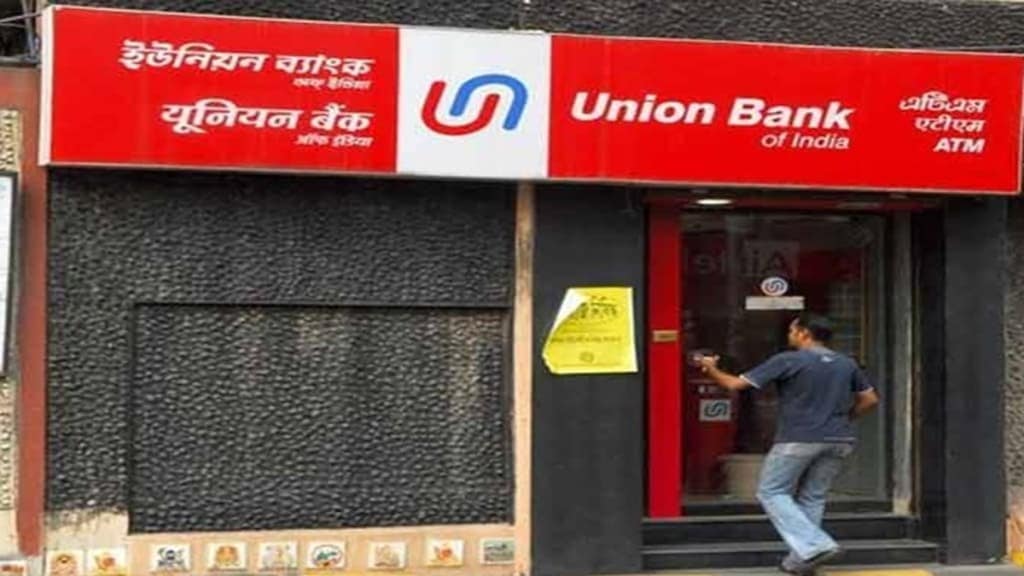Union Bank of India has a robust credit pipeline of Rs 75,000 crore, with Rs 39,000 crore in the process of being sanctioned. Despite lower than expected growth in advances in the second quarter, the bank is sticking to its guidance of 11%-13% credit growth target in the current financial year, according to MD and CEO A Manimekhalai.
“We have almost about Rs 75,000 crore pending for disbursement and sanctions. Out of this Rs 36,000 crore is pending for disbursement and Rs 39,000 crore is pending for sanctions,” said Manimekhalai at a press conference on Tuesday.
The loan sanctions are in roads, power, real estate, telecom, iron and steel and cement sector.
“We are also focusing on sunrise sectors like renewable energy, EVs, semiconductors, data centres, tourism,” she added.
The public sector lender will not compromise on its bottomline while focusing on its topline growth, she said.
Its advances grew 9.63% year-on-year to Rs 9.28 lakh crore in the second quarter while deposits increased by 9.17 %. The bank saw a 12.3% growth in RAM (retail, agriculture, MSME) lending, while corporate lending grew at a moderate 6.3%.
“Advances growth has been slightly muted than what the target that we had given,” she said.
Despite compression in net interest margin (NIM) in the second quarter, the bank management expects to protect profit margins in the current fiscal. Its NIM declined to 2.9% in the second quarter of the current fiscal, down from 3.18% in the same quarter of the previous fiscal.
“We had given a guidance in the beginning of the year that the NIM would be in the range of 2.8-3% and currently our NIM is about 2.97% and with the good MCLR (Marginal Cost of Funds based Lending Rate) book that we have, we will be able to keep our NIM at that range only,” she added.
In the first half, the bank achieved a gross recovery of Rs 7,300 crore, in line with its annual target of Rs 16,000 crore. Total slippages stood at Rs 7,537 crore, as opposed to its guidance of Rs 11,500 crore.
The lender improved its asset quality, with the gross non-performing assets (GNPA) ratio declining to 4.36% as of September 30, compared to 4.54% in the previous quarter and 6.38% a year earlier. The net NPA ratio also eased to 0.98% as of September 30, down from 1.30% in the same period last year.

